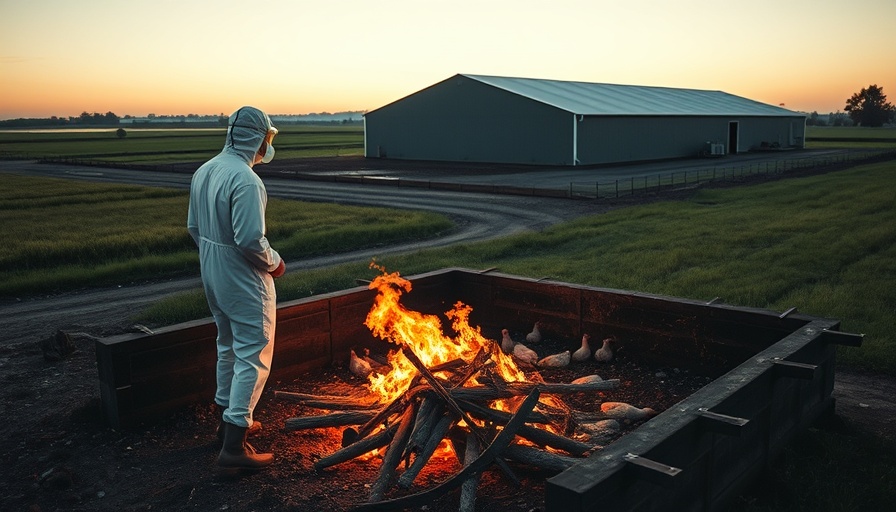
WOAH Declares Brazil Bird Flu Outbreak Resolved
The World Organisation for Animal Health (WOAH) has officially classified the outbreak of bird flu on a commercial farm in Brazil as resolved. This announcement comes after extensive and successful efforts to contain the H5N1 virus, which had previously raised concerns within the agricultural and avian health sectors.
The Significance of the Outbreak Resolution
The resolution of this outbreak is critical for Brazil's poultry industry, one of the largest globally, as it alleviates fears of potential disruptions in meat exports. The Brazilian Ministry of Agriculture has affirmed that no new cases have been reported since the initial outbreak, which is a positive indicator of effective management measures and biosecurity protocols.
Continued Vigilance Required in Avian Health
While the outbreak's resolution marks a significant milestone, experts underscore the importance of ongoing surveillance of avian populations. The H5N1 virus, while currently contained, poses persistent threats that require constant monitoring to prevent future outbreaks. This resolution should bolster public confidence in Brazil's poultry safety, yet it also serves as a reminder of the vigilance needed in animal health management practices.
 Add Row
Add Row  Add
Add 




Write A Comment